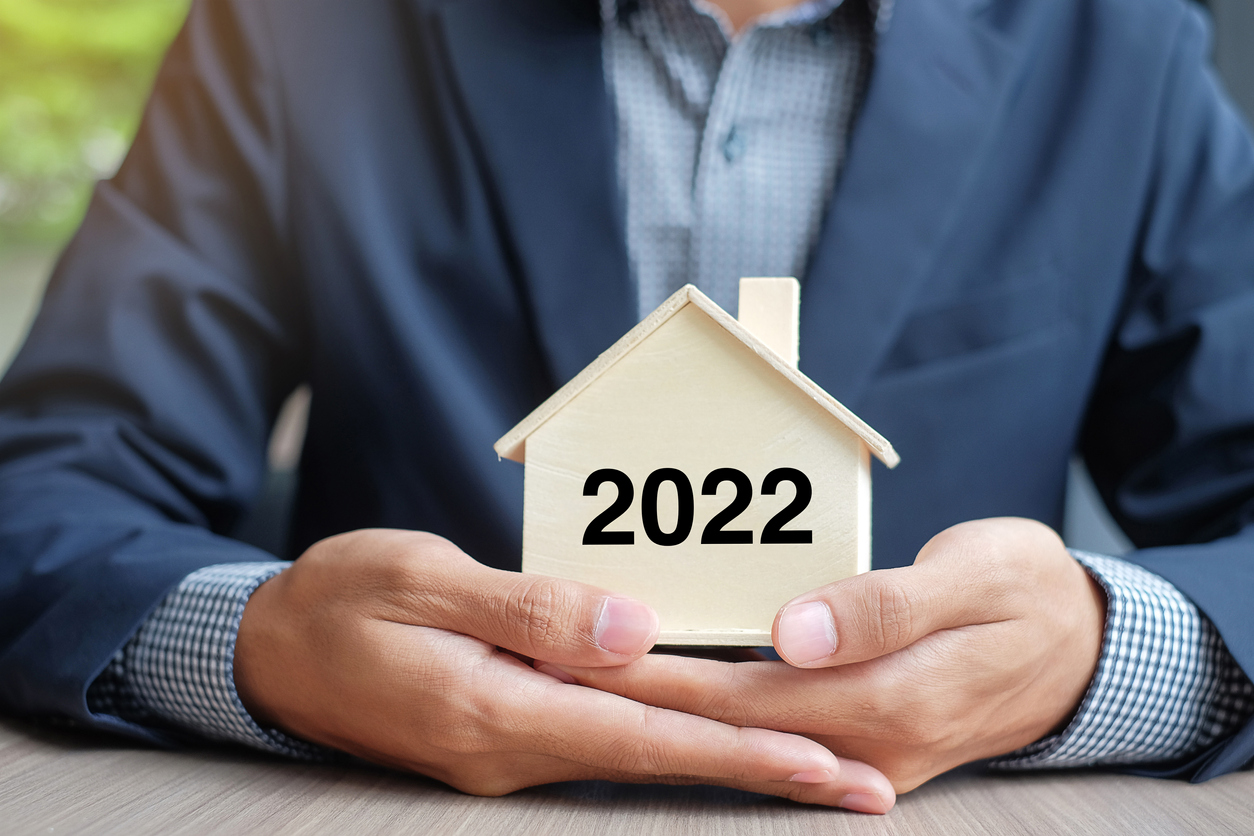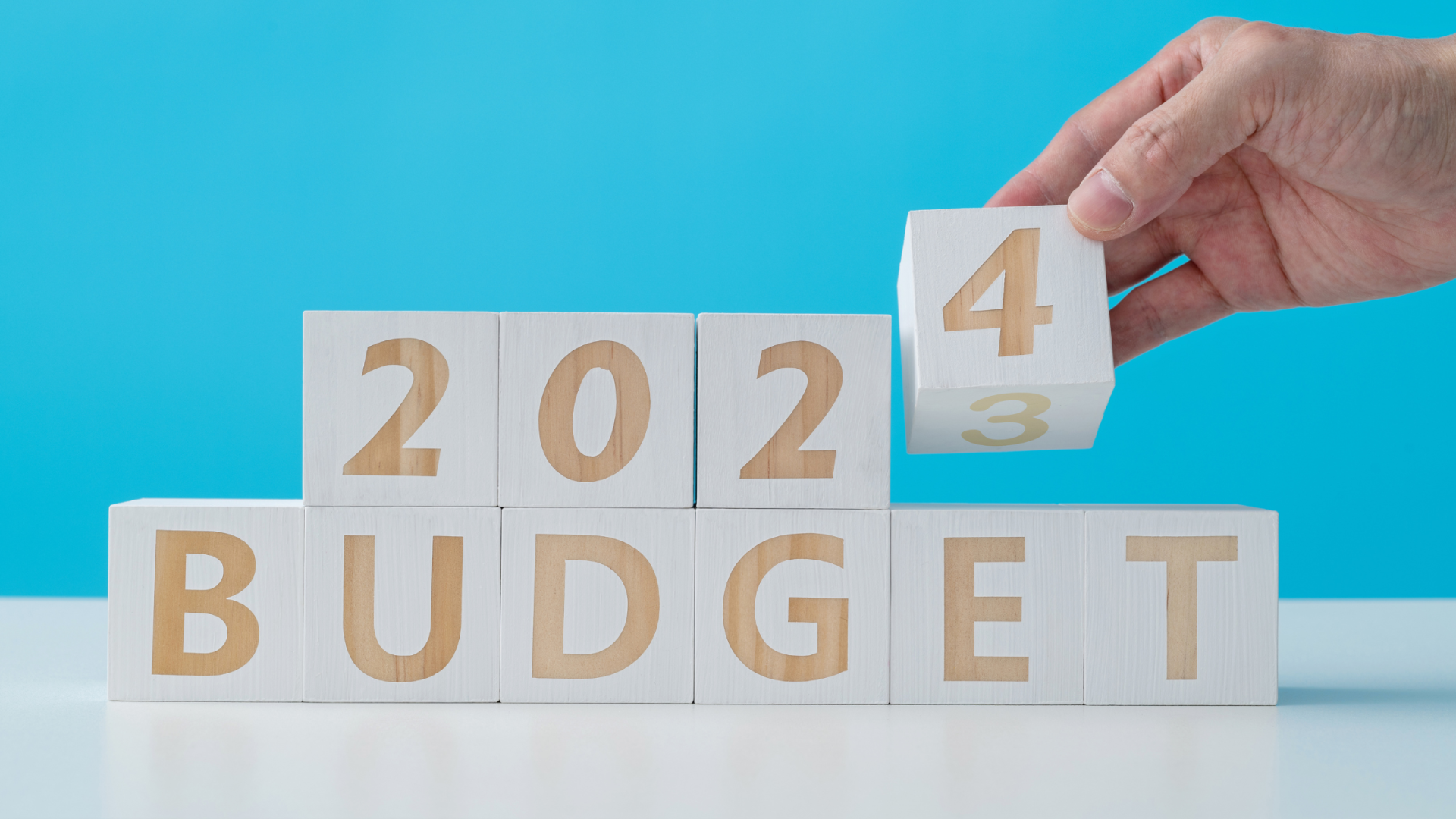Several developers and building suppliers claim that housebuilding has bounced back since before the pandemic, with 2022 set to be one of the most productive years ever.
While the number of new homes being completed hit a 20-year high in 2021, it was still a way off the Government’s 300,000 new homes a year target. Signs of a significant output increase are, however, looking more positive. Chancellor Rishi Sunak recently announced £24billion of investment in 2021’s Autumn Budget to fund 180,000 affordable homes and the wider industry thinks 250,000 new homes in 2022 is achievable.
Here are our predictions for land and new homes in 2022:-
New build buyer demographics will diversify
We are already seeing a wider range of people considering new build houses, partly due to the shortage of existing resale stock to buy. First-time buyers already benefit from the Help to Buy scheme but as demand for homes continues to outstrip supply, purchasers of all kinds will turn to house builders for alternative options.
As well as being able to secure a property off-plan (around 25% of new home purchases are made before the property is built), more movers will consider a brand new home for its energy efficiency credentials, high chance that it will be sold with an electric car charging point and likelihood it will be built with a dedicated home office.
The cash buyer could also return next year, especially among retirees who have sold at the peak of property prices to become equity rich. New homes present an attractive, hassle-free downsize opportunity for cash buyers as there is no chain and the property will be virtually maintenance-free.
If vendors, particularly those retiring, have sold high and plan to sit on their hands until prices stabilise, then a new home purchase is a hassle-free way to downsize – with a new build home always being the end of the chain.
Developable land to be unlocked
Big brands, including John Lewis, announced back in 2020 that some 20 retail sites would be redeveloped into Build to Rent properties and with plenty of empty office space lying around after the pandemic, we could see smaller companies utilising that space for owner-occupiers.
In bigger news, it was also announced in the Autumn Budget that £2billion would be made available for developments on derelict or unused brownfield sites. Although there are ongoing delays to the planning reform bill, which aims to remove red tape and speed up the release of land for development, Homes England openly recognised that more needs to be done on the land side.
In its Strategic Plan, it states: “Over many years there has been a lack of viable and developable land available for housing. This is one of the key reasons for the undersupply of homes. Yet only around 11% of England is developed and only a fraction of developable land would be needed to significantly increase supply. For example, there are 26,000 hectares of brownfield land available, with capacity for one million homes. In addition, the central and local government owns surplus land with capacity for over 160,000 homes. However, a combination of fragmented land ownership, planning uncertainty, remediation and servicing costs, and a lack of strategic infrastructure mean that land is still a barrier to increasing home building.”
Building back greener
With the Future Homes Standard due to come into effect in 2025, innovative housebuilders will be getting ahead of the game when it comes to energy efficiency and sustainability.
Already set out in the Standard is that new homes built from 2025 won’t have a mains gas supply. Low carbon heating, such as an air source heat pump, will replace gas-fired central heating systems and appliances will be all-electric too. In addition, all newly built properties will have to meet a revised minimum energy efficiency standard, although the rating has not yet been specified. A new minimum ‘U-value’ that measures how effectively a property’s fabric prevents the escape of heat will also help drive up energy efficiency in new homes.
Eco expert, Tim Pullen, told homebuilding.co.uk that he also predicts amendments will be made to the Standard that will include mandatory space for hot water storage, significant improvement to insulation and air tightness. And, of course, there’s the new law that will require all new homes to be built with electric vehicle charging points from 2022 – a move that comes ahead of the ban on new petrol and diesel cars sales from 2030.
Lifestyle changes will influence design
For years, there has been a size stigma surrounding many new build developments, with purchasers resigned to the fact they will have a shiny new property but perhaps not be getting a great deal of space for their money. This is now likely to change.
To compete and achieve the best price, gardens and flexible indoor space for home working will need to be a top consideration with far more personalisation on offer too. For 2022 home buyers, more natural daylight, outside spaces, inside versatility and storage will be high on the agenda.
If you’re keen on buying a brand new home but you can’t wait for new developments to get planning permission, browse White & Brook’s new homes for sale now. Planning to buy later in 2022? Why not set up an online alert and be notified by email when a brand new property is listed for off plan reservation or immediate occupation?


 By
By 



Share this with
Email
Facebook
Messenger
Twitter
Pinterest
LinkedIn
Copy this link